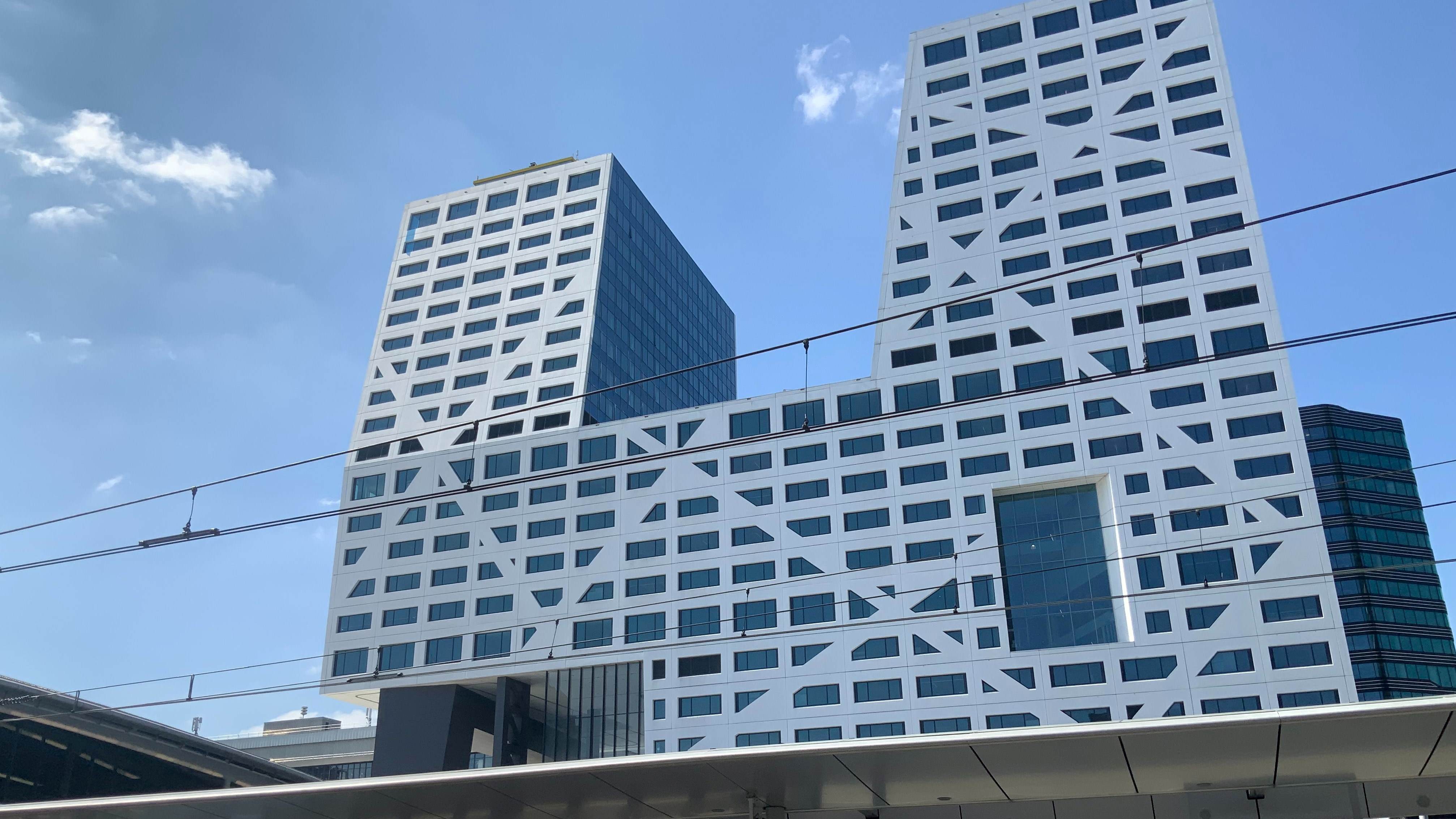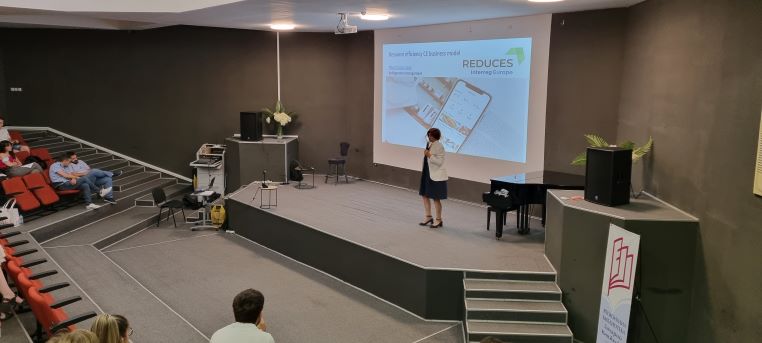During the last months, the Valencia Institute of Building and the Polytechnic University of Valencia have been working together with the Second Vice-presidency and Regional Ministry of Housing and Bioclimatic Architecture on the drafting of the Action Plan foreseen in the REDUCES project.
The main objective pursued is to increase the number of dwellings built and renovated under circular economy principles to decrease the environmental impact of the building sector and increase the quality of life of citizens while creating new circular economy business models that promote a fairer and sustainable economic growth in the region.
The policy instrument addressed from the beginning was Decree 151/2009, on basic design and quality requirements for residential buildings (DC-09). This mandatory regulation sets the design and quality conditions that new or refurbished buildings intended for housing and residential use must meet. E.g. minimum surface of living spaces, their lighting and ventilation conditions, etc
On 28 January 2021, the Regional Ministry of Housing convened and presented the Commission for the review of this regulation. The involvement of REDUCES partners will make it possible to adapt and transfer the lessons learned in the project to concrete improvements in the regulation. In this sense, we can highlight two initiatives that have caught our attention, Werkspoorkwartier (Circular renovation of buildings in Werkspoorkwartier area, Utrecht) and Insert (Online marketplace for reused building materials and plants). The idea is to be able to translate some of the strategies developed by these initiatives into the requirements included in the standard.
However, during the development of the project, the opportunity to influence other new and priority policy instruments has arisen. This is the case of the Grants program for the energy renovation of social housing and residential buildings within the frame of the Spain’s Recovery, Transformation and Resilience Plan. One of the requirements set is that building designs and construction techniques should support circularity. In this case, what it is proposed is an improvement in the management of this policy instrument, through the development of a methodology and an associated tool to assess the technical adequacy of the projects submitted.
For the implementation of this action, it has been particularly relevant learnings coming from the assessment tool created by the REDUCES consortium. The methodology developed allows the assessment of good practices based on pre-established indicators, but also on the inclusion of additional indicators that are tailored to the specificities of each good practice, so that the impact can be better assessed. On the other hand, the evaluation of the potential for scalability and replicability favours the identification of the difficulties and challenges to be addressed in each of the regions to implement similar initiatives and businesses.
More information:
Vera Valero Escribano
Valencia Institute of Building
[email protected]











